Reports of a total and immediate withdrawal of U.S. troops from Syria come amid heightening tensions — and growing risk of military confrontation — between the U.S. and Turkey.
Turkish forces want to push their troops into Syria. The U.S.-backed Syrian Kurds want to keep the Turkish forces out. And the U.S. has struggled for months to keep both players happy.
A confrontation between the U.S and Turkey, officially NATO allies, would create a geopolitical crisis at the heart of the world’s most powerful military alliance.
RELATED
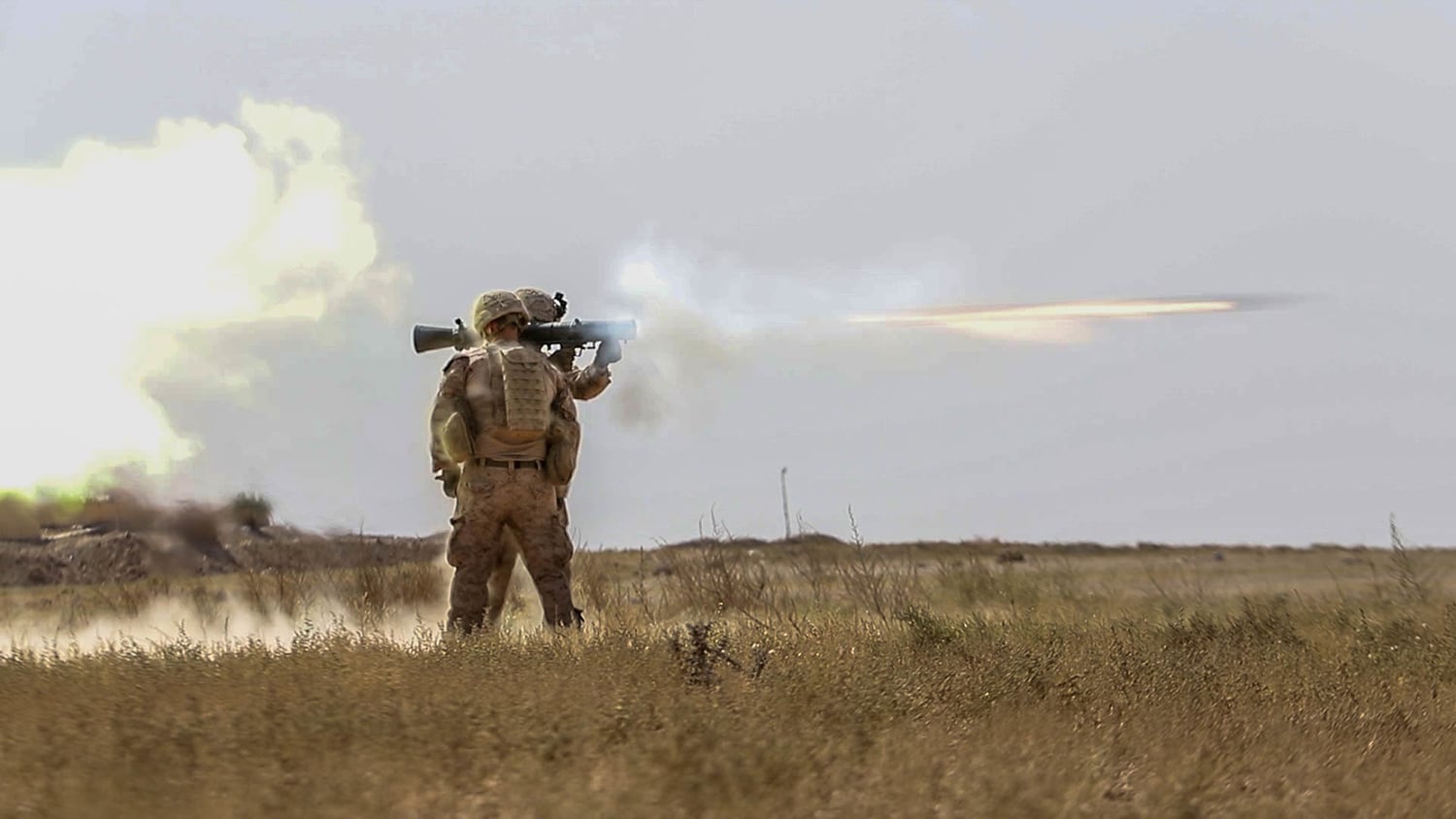
Northern Syria has been popping up in the news a lot over the past year, with periodic developments in a tangled web of paramilitary group acronyms and overlapping allegiances.
Caught in the middle are an unknown number of U.S. troops — estimated to be around 2,000 — who man outposts in the region for the stated purpose of preventing a resurgence of the Islamic State.
However, it’s often said that U.S. forces play another role as well: preventing a clash between the Kurds and Turkey.
A withdrawal of U.S. forces from Syria would potentially cede control to Turkey, resolving tensions between the two NATO allies. However, the drawdown would also abandon the Kurds, who provide the backbone of the defeat-ISIS ground campaign. While ISIS is definitely routed from their physical caliphate, the group has the potential to re-group, and re-emerge.
The dynamics among the U.S., Turkey and the Kurds aren’t really that hard to explain.
The U.S. has been backing a group of fighters called the Syrian Democratic Forces, or SDF, in order to defeat ISIS. The SDF is a mix of ethnically Arab and Kurdish Syrian locals, but the Kurdish fighters definitely appear to dominate the SDF’s chain of command.
The SDF, with backing from U.S. ground forces, air and artillery strikes, has won hard-fought victories over ISIS and has retaken almost all territory held by the terrorist proto-state in eastern Syria. This has netted the SDF considerable influence over towns and regions where they gained footholds, particularly in the country’s northeast near Turkey’s border.
RELATED
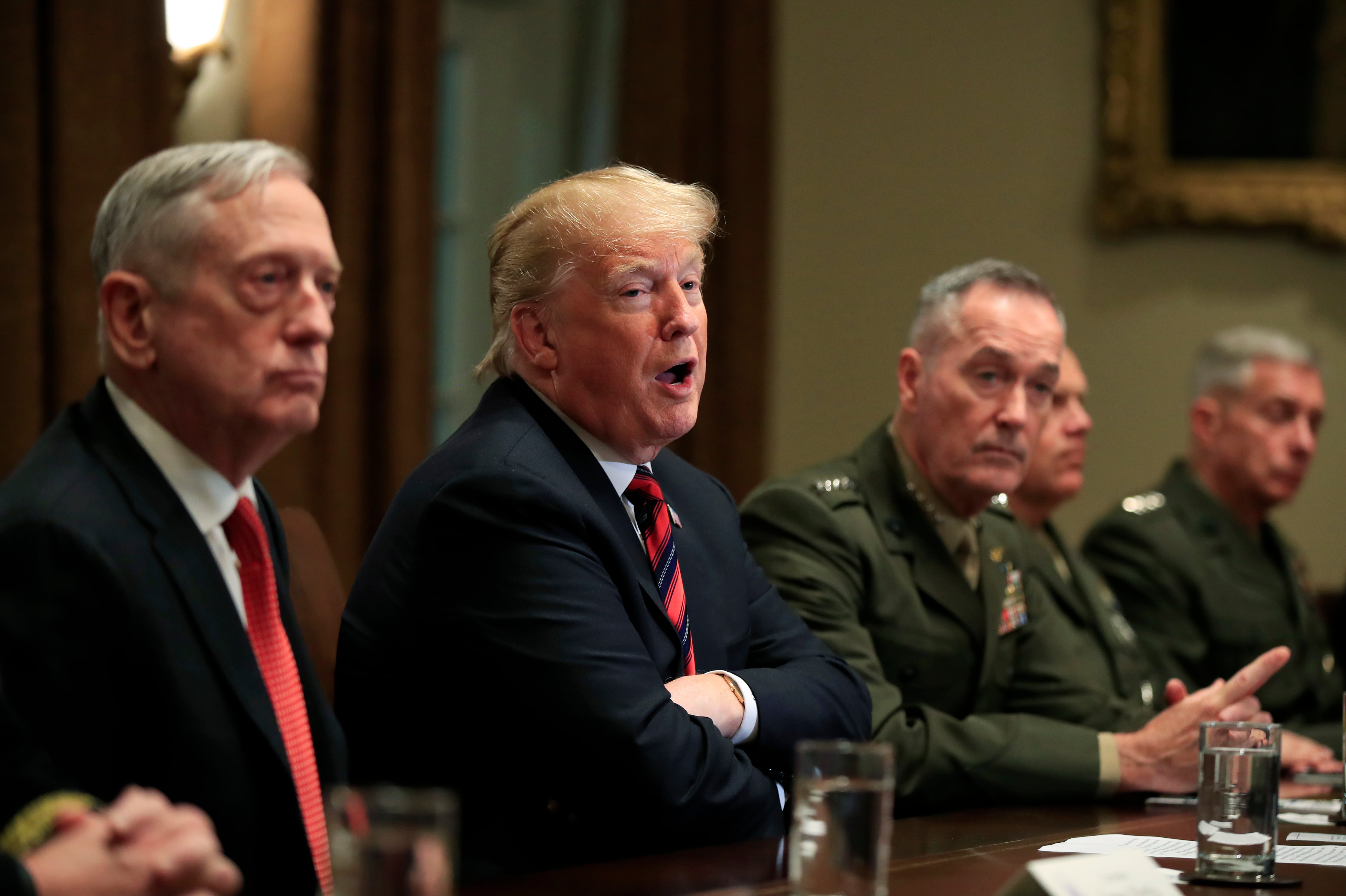
That’s what angers Turkish leaders.
To Turkey, the SDF’s Kurdish fighters are replacing one security threat — ISIS — with another — the People’s Protection Units, or YPG.
YPG fighters are mostly Kurds, and they exist within the SDF coalition. The U.S. backs the YPG, and many westerners, often veterans of Iraq and Afghanistan, went to fight alongside the YPG in their battle against ISIS.
But Turkey labels the YPG as a terrorist group. Turkey’s president, Recep Tayyip Erdoğan, claims the YPG is closely aligned with the Kurdistan Workers' Party, or PKK, another Kurdish militant group that operates inside Turkey and is considered a terrorist organization by both Turkey and the U.S.
The U.S. doesn’t consider the YPG terrorists, but the Pentagon does acknowledge Turkey’s frustration with the situation.
“Turkey has legitimate security concerns,” U.S. Defense Secretary Jim Mattis said in January. “[Turkish leaders] have been very supportive of our Defeat-ISIS campaign, allowing us to use Incirlik [Air Base] to fly out of. ... The area where we’ve had disagreement [is] on our tactical collaboration with the Syrian Democratic Forces ... a sizable percentage of which is YPG."
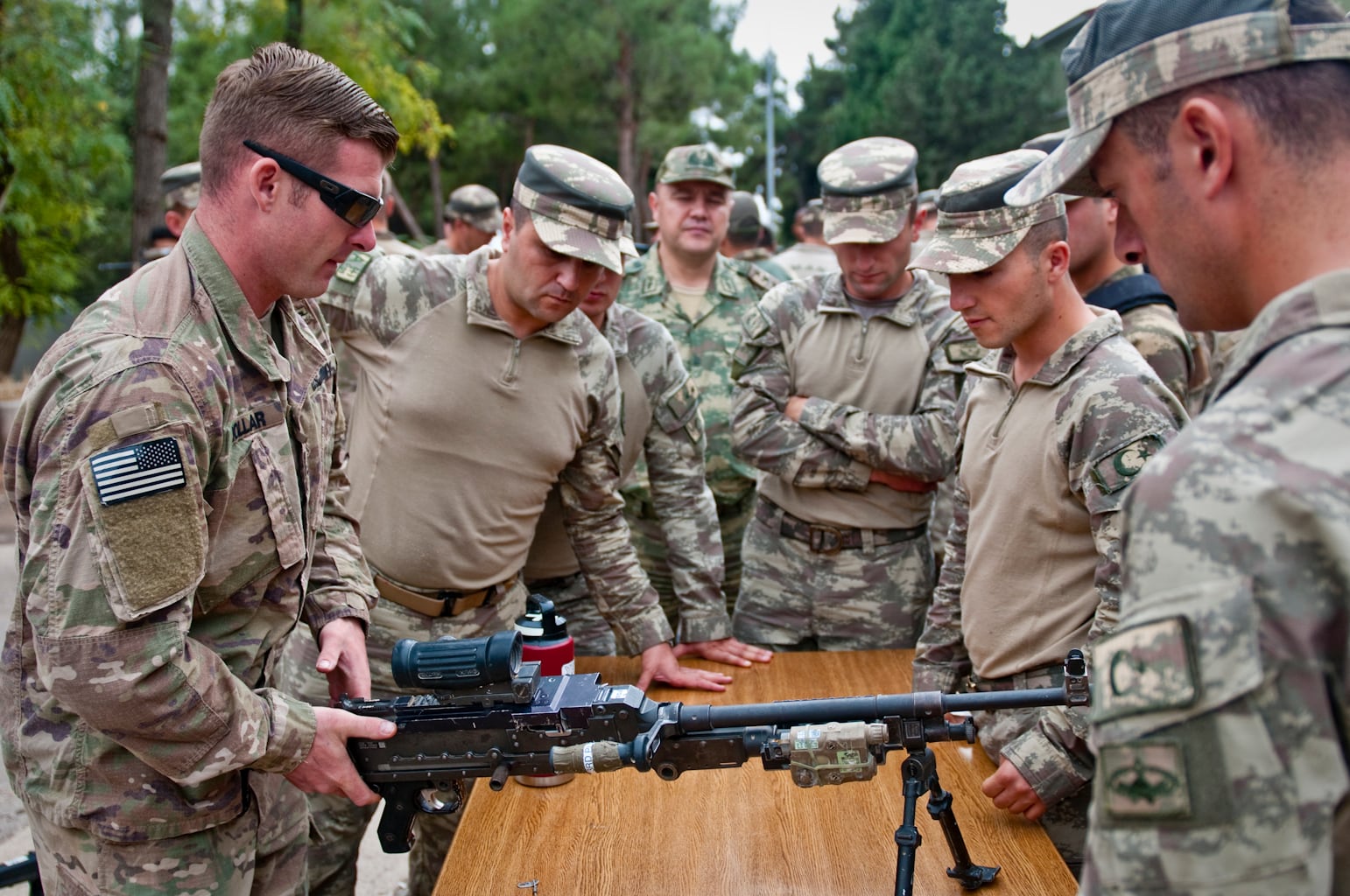
After all, Mattis added, the PKK has carried out a several decades-long insurgency in Turkey’s southeast.
Mattis has recognized that the YPG has had some historic connections to the PKK, but “by having our officers and NCOs on the ground, we monitor that they are using what we are giving them for support to go against ISIS.”
That support has allowed the U.S.-led coalition to crush ISIS' physical caliphate.
RELATED
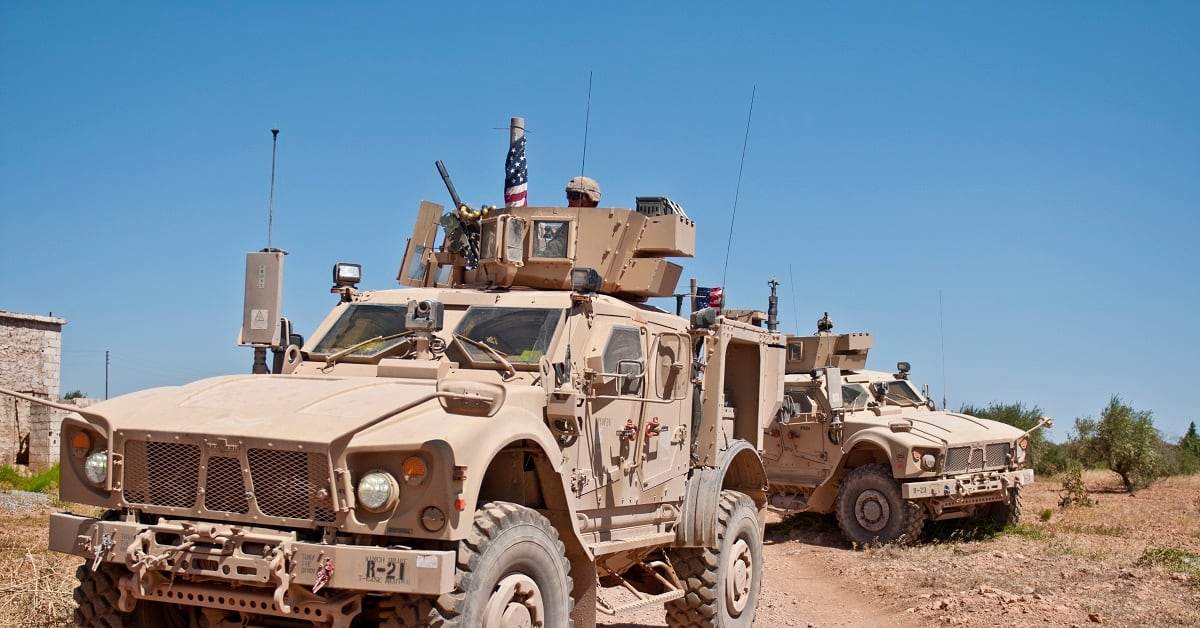
“It has cost them [the Kurds] thousands of casualties, but you have watched them, with the coalition support, shred ISIS' caliphate in Syria,” Mattis added. “I mean, that’s a matter of arithmetic.”
The U.S. has played the back-and-forth game with Turkey over support for the Kurds for more than a year. And every time tensions appear to be cooling, Erdogan inflames them once again.
If Turkey follows through on recent promises to push into northern Syria, it wouldn’t be the first time. Erdogan sent Turkish armored units and used local proxy forces to push Kurdish fighters from Afrin, in Syria’s northwest, earlier this year.
The U.S. didn’t put up much of a fight to stop that offensive, mainly warning that such a move was distracting Kurds from their fight against ISIS. But U.S. forces weren’t present in Afrin. They are in Manbij, which lies in Syria’s northeast.
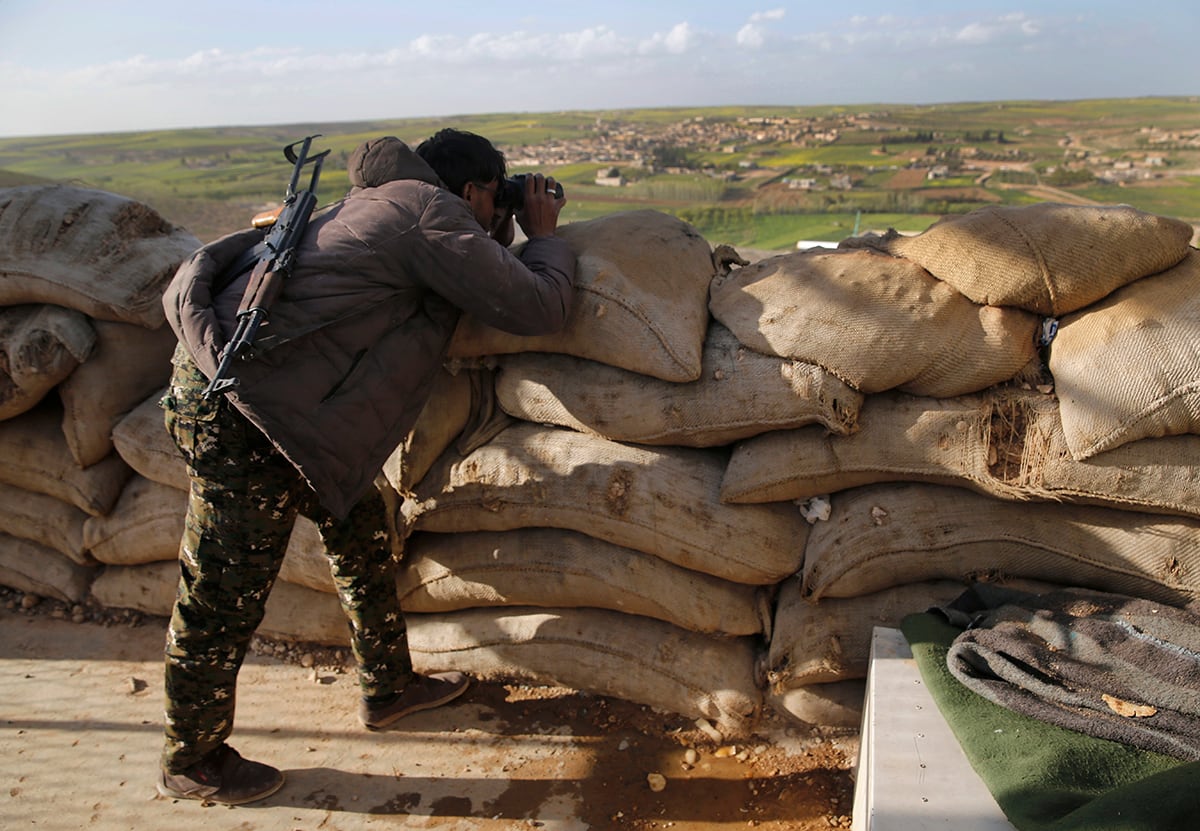
Erdogan has oft-repeated threats that he will send Turkish forces into Manbij, where U.S. troops, Kurdish fighters, and even a mix of British and French forces, are known to operate.
There, Turkish proxy forces, but likely not Turkish uniformed personnel, have been known to not only shell U.S.-backed Kurds with artillery rounds, but also shoot at U.S. troops on patrol.
Some of Turkey’s proxy forces have also been accused of being Islamist radicals. But Turkey has found them particularly useful as foot soldiers during its large-scale operations in Syria.
Erdogan warned of another coming attack this week, this time into the Manbij region. The warning comes after the Pentagon already took several steps to pacify Turkey.
Under an agreement known as the Manbij roadmap, YPG fighters reportedly left in July. The militia governing Manbij has repeatedly said there are no more YPG fighters, only some YPG military advisers.
RELATED
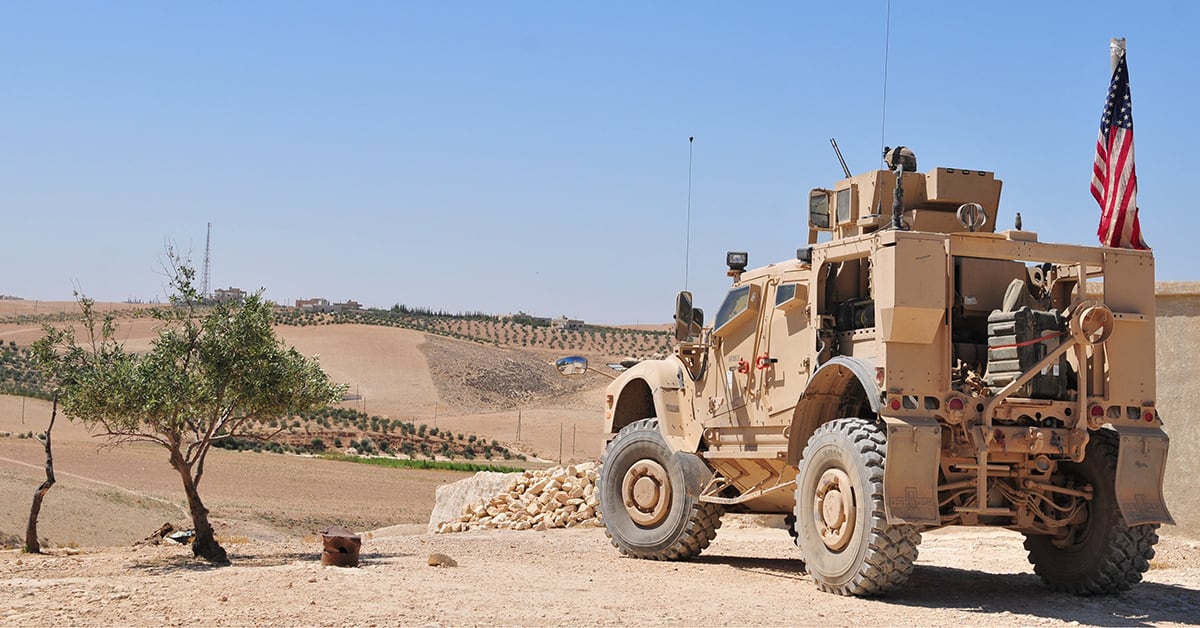
During the fall, U.S. troops trained for joint patrols with Turkish regular forces. The goal was to eventually maintain security and stability around Manbij together. Taking further steps to placate Turkey, the U.S. began building observation posts in northern Syria to help put to rest Turkish concerns by securing their border, according to Pentagon officials who announced the move in late November.
However, those efforts didn’t seem to pay off, as Erdogan has renewed threats of sweeping through the area to clear out the alleged YPG fighters.
“The Americans are not being honest; they are still not removing terrorists [Kurdish fighters],” Erdogan said of the situation in Manbij this December. “Therefore, we will do it.”
In addition to the important role Kurdish troops play in fighting ISIS, the U.S. has also made it clear that it wants to maintain a foothold in eastern Syria in order to block Iranian proxy forces from moving through the region.
Trump’s national security adviser, John Bolton, backed the long-term presence of U.S. troops in Syria to balance against Iran this fall.
“We’re not going to leave as long as Iranian troops are outside Iranian borders, and that includes Iranian proxies and militias,” Bolton said in September.
Kyle Rempfer was an editor and reporter who has covered combat operations, criminal cases, foreign military assistance and training accidents. Before entering journalism, Kyle served in U.S. Air Force Special Tactics and deployed in 2014 to Paktika Province, Afghanistan, and Baghdad, Iraq.





